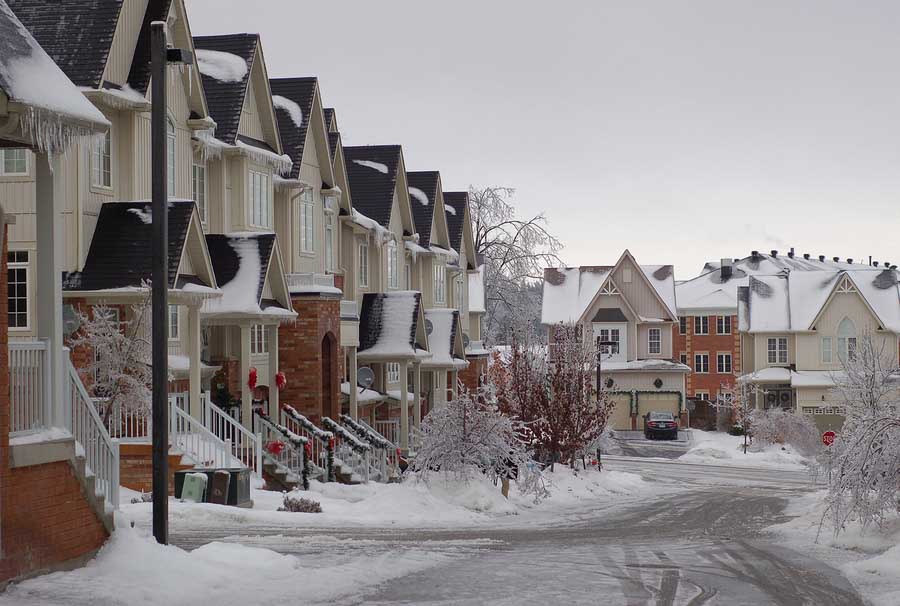Meeting Room Layout – It’s Worth Some Thought

One of the most overlooked components of running an interruption-free meeting is the layout of the meeting room. Remember – a Board meeting is a BOARD meeting. It is not a Membership/Homeowner meeting. Homeowners may attend to observe or to address the Board during an allocated Open Forum however, the Board meeting is a place where primary interaction should be between Board members. How are most Board meeting rooms set up? You’re probably thinking some kind of auditorium style seating where the Board sits in a row at a head table facing chairs lined in rows. Think about the psychology of that. It invites participation from the audience and gives the impression the Board is reporting to the audience. Further, hinders eye contact and interaction between Board members. We feel, the best Board meeting room layout is a U or V-shaped table for the Board and audience-style seating for homeowners. With this room setup, no one’s back is to the audience, interaction and eye contact is maintained and crossed between Board members ensuring they stay engaged with one another, and it limits the amount of interaction between the Board and the audience. Most City Hall and other Government meeting rooms are set up this way for a reason. If you have difficulty controlling interaction between the Board and Homeowners, try this type of room setup. Little things can make a big difference!
Board Tips: Utilizing a Timed Agenda = Efficient Meetings

Do your Board meetings typically last well over an hour? Do you often leave your meeting without a clear action plan? Is more time spent brainstorming ideas in your meetings rather than making decisions? If you’ve answered yes to any of the above questions, a Timed Agenda could be a useful tool to help make your Board meetings more efficient and effective. A Timed Agenda is just what the name says, it’s a way to assign how much time will be spent on each agenda item. You can list the number of minutes to be assigned, or list the actual time for each agenda item. By assigning a specific amount of time per item and making a commitment to stick to only the time allotted, you’ll ensure the meeting stays within a reasonable amount of time. It will also force everyone to come to the meeting prepared and in the mindset of making a decision about a particular topic. When setting up your Timed Agenda, you’ll want to be realistic about how much time is needed to accomplish each task. Approving the Minutes from last meeting should take no more than 5 minute, for example; however, approval of New Business items such as the Budget or contract approvals may take more time. Through it all though, you must remember the Board meeting is a time for making decisions. It is not a time to open and continue debating a topic. If you find you need more than 5-10 minutes per item, you probably didn’t come to the meeting ready to make a decision. If not, it should be sent back to committee for more preparation. Perhaps a Timed Agenda approach sounds over-the-top or like a micro-management philosophy, but consider this, if the Board of Directors for General Motors can run a multi-billion-dollar, international enterprise with four 90 minute meetings in a fiscal year, why should it take Happy Valley Association a monthly two-hour meeting to manage 100 units and a $300k budget?
Winter Tips and Reminders

Living in an association with shared walls makes it particularly important to properly care for your home during the cold winter months. If you plan to be away this winter, remember the following important items: Always leave your heat ON. Set thermostat no lower than 55 degrees Winterize your pipes (sinks, toilets, etc) by turning supply valves off and then draining any trapped water Communicate with Management and your neighbors. Emergency contacts or instructions on how to get into your unit in case of an emergency is helpful. General Seasonal Tips: Check and change your furnace filter regularly. It’s recommended you do this monthly Have your furnace inspected and “tuned-up” for better efficiency Install a programmable thermostat to better manage temperature and mitigate heat costs If you have a built-in humidifier unit, make sure the lines are clear and filter is clean. Humidifiers can be a common source of leaks Manage your humidity levels. High humidity inside of the unit meeting the cold/dry exterior walls can be hard on windows and even lead to ice dam formation Check weather seal/strip on all doors and windows If you have original (wood) windows, consider covering them in plastic to help with heating costs Considering adding insulation to bring up your R-value Remember to winterize outside faucets! Turn off the supply valve and open the spigot to allow remaining water to drain out If you’d like Sharper Management’s maintenance team to help you with any of the above mentioned items, contact Matt Froehlich. (952) 224-4777 or email matt@sharpermanagement.com.
